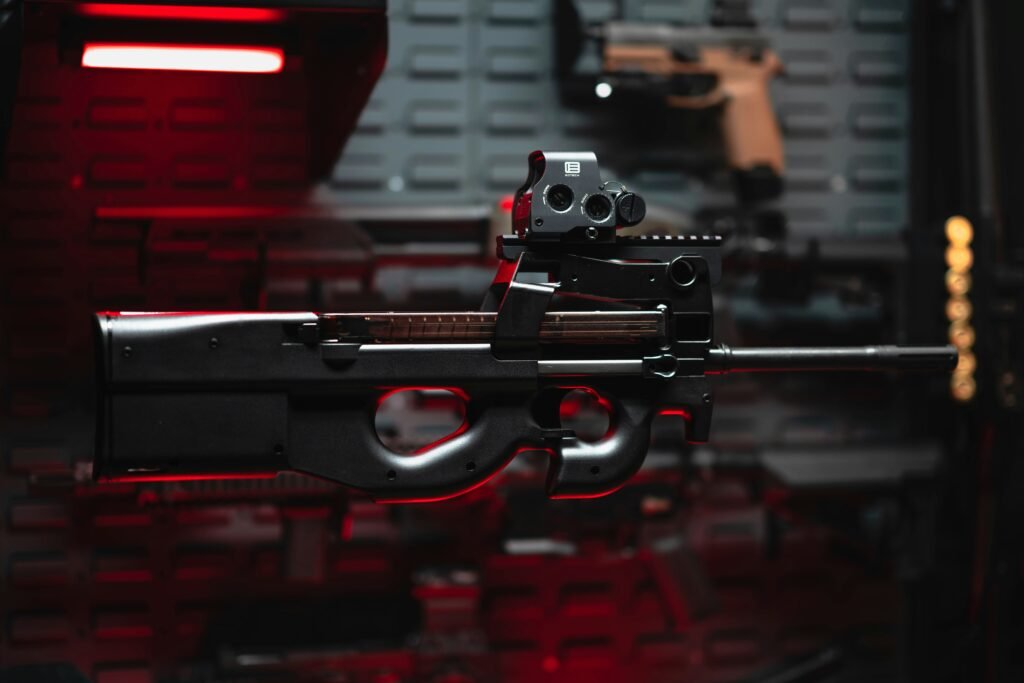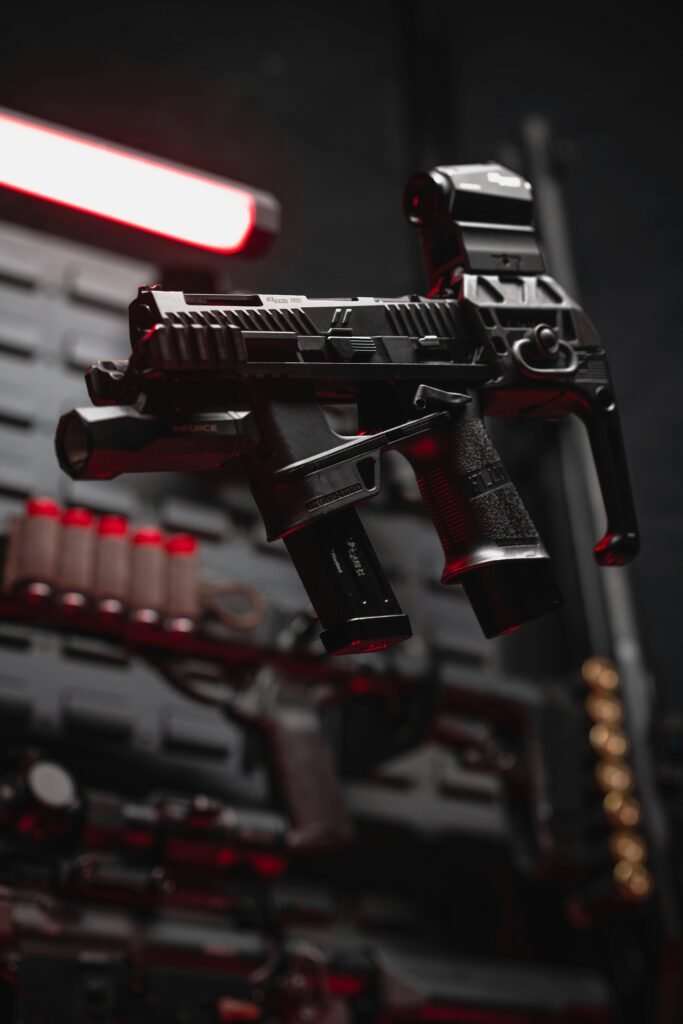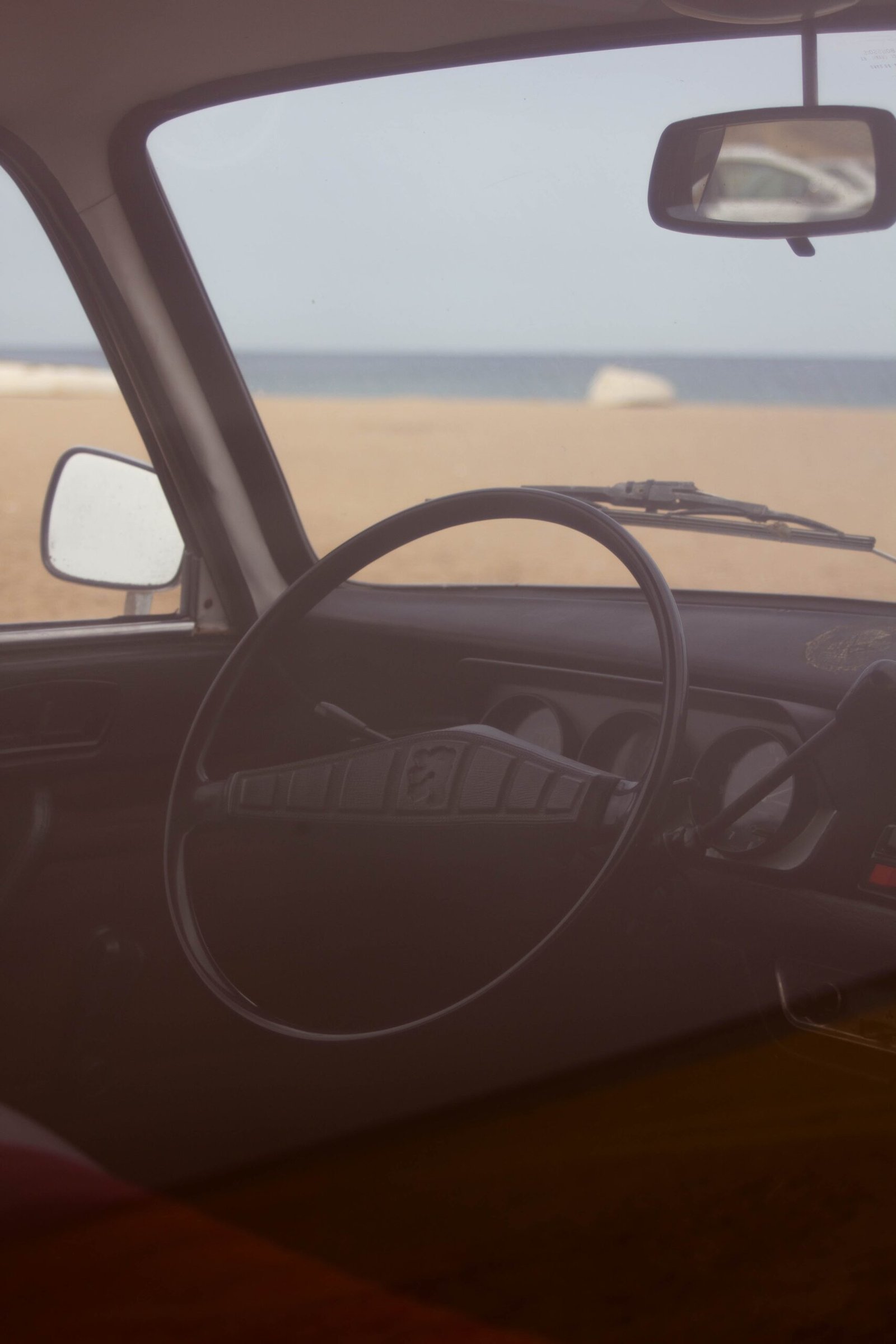How to Adjust Gun Safes for Car Modifications
Have you ever wondered how to safely and securely transport your firearms in your car after making modifications to it? In this article, we will explore the process of adjusting gun safes for car modifications. Whether you have added a new storage system, changed the layout of your vehicle, or installed additional accessories, we will provide you with the necessary steps to ensure your gun safe is still effectively and properly installed.
Measurements and Dimensions: Ensuring Proper Fit
Before making any adjustments to your gun safe for car modifications, it is crucial to take accurate measurements of both the safe and the space it will occupy in your vehicle. Measure the dimensions of your gun safe, including height, width, and depth. Additionally, measure the space where you intend to place the gun safe in your car, taking into consideration any modifications or accessories that may affect the available space.
Taking precise measurements will ensure a proper fit, allowing you to securely install your gun safe in your vehicle without compromising safety or accessibility. Remember, a secure fit not only protects your firearms while in transit but also prevents any unwanted movement that could potentially damage your car or the gun safe itself.
Tip: Create a Diagram
To help visualize the placement of your gun safe in your car, consider creating a simple diagram that outlines the measurements of both the safe and the space available. This visual aid can assist you in determining the best location for your gun safe and help you make informed decisions regarding any necessary adjustments.
Securing the Gun Safe: Bolting and Anchoring
Once you have determined the proper measurements and dimensions for your gun safe in relation to your car’s modifications, it is essential to securely fasten the safe in place. The method of securing your gun safe will depend on the type of safe you have and the layout of your vehicle.
Bolt-Down Installation
Many gun safes come equipped with pre-drilled holes for bolting down to a stable surface, such as the floor of a vehicle. If your safe does not have pre-drilled holes, you may need to drill them yourself, ensuring that the safe is anchored securely to prevent any shifting during transportation. Use heavy-duty bolts and washers to secure the safe in place, and consider adding a layer of padding between the safe and the vehicle floor to prevent scratches or damage.
Anchoring Methods
In addition to bolting down your gun safe, consider using alternative anchoring methods for added security. Utilize straps, cables, or mounting brackets to further secure the safe to the vehicle, preventing any potential movement or theft. Remember to test the stability of your anchoring system before driving to ensure the safe remains in place under various road conditions.

This image is property of images.unsplash.com.
Accessibility and Convenience: Easy Retrieval of Firearms
While securing your gun safe is paramount, it is equally important to consider accessibility and convenience when making adjustments for car modifications. Ensure that your gun safe is easily accessible in case of emergencies while maintaining a discreet location to prevent theft or unauthorized access.
Placement Considerations
When installing your gun safe in your vehicle, consider placing it in a location that is both secure and easily reachable from the driver’s seat. Avoid obstructing your view or access to other essential controls in the vehicle, such as the steering wheel, pedals, or gear shift. Additionally, choose a spot that is discreet and inconspicuous to prevent drawing attention to the presence of firearms inside your car.
Quick-Access Features
Some gun safes come equipped with quick-access features, such as biometric locks or keypad entry, allowing you to retrieve your firearms swiftly in case of an emergency. If your safe does not have these features, consider adding aftermarket accessories to enhance accessibility while maintaining security. Practice accessing your gun safe under simulated emergency scenarios to ensure a quick response when needed.
Climate Control and Temperature Regulation
Properly adjusting your gun safe for car modifications also involves considering temperature and climate control within your vehicle. Extreme temperatures or fluctuations in climate can affect the integrity and performance of your firearms, leading to potential damage or malfunction. Take steps to regulate the temperature inside your gun safe to ensure the safety of your firearms during transit.
Insulation and Ventilation
Insulating your gun safe can help regulate internal temperatures and protect your firearms from extreme heat or cold. Consider adding insulation panels or heat-resistant materials to the interior of the safe to maintain a stable climate. Additionally, ensure proper ventilation within the safe to prevent condensation or humidity buildup, which can lead to rust or corrosion on your firearms.
Climate-Control Accessories
For added protection, consider investing in climate-control accessories designed specifically for gun safes in vehicles. These accessories, such as dehumidifiers, heaters, or cooling fans, can help maintain optimal conditions within your safe, ensuring the longevity and performance of your firearms. Regularly monitor the temperature and humidity levels inside your gun safe to make necessary adjustments as needed.

This image is property of images.unsplash.com.
Legal Compliance and Safety Regulations
When adjusting your gun safe for car modifications, it is crucial to consider legal compliance and safety regulations regarding the transportation of firearms. Different states and jurisdictions may have specific laws governing the secure transport of firearms in vehicles, including requirements for gun safes, storage methods, and accessibility.
Research State Laws
Before installing or adjusting your gun safe for car modifications, research the laws and regulations in your state pertaining to the transportation of firearms. Ensure that your gun safe meets the necessary standards and requirements outlined by local authorities to avoid any legal repercussions or penalties. Consult with legal experts or firearm professionals for guidance on complying with state-specific regulations.
Safe Handling Practices
In addition to legal compliance, practice safe handling practices when transporting firearms in your vehicle. Always store unloaded firearms in a locked gun safe or container, separate from ammunition to prevent accidents or unauthorized use. Secure the gun safe with a combination lock or key lock to limit access to your firearms and safeguard against theft. Remember to follow all safety guidelines and protocols established by firearm organizations and authorities.
Maintenance and Inspection: Regular Checkups for Safety
To ensure the continued safety and effectiveness of your gun safe after car modifications, conduct regular maintenance and inspection checks to identify any potential issues or malfunctions. A well-maintained gun safe not only protects your firearms but also provides peace of mind knowing your weapons are secure during transportation.
Check Locking Mechanisms
Periodically inspect the locking mechanisms of your gun safe to ensure they are functioning correctly and securely. Test the lock, keypad, or key entry system to confirm that it is operating smoothly and without any defects. Clean and lubricate the locking components as needed to prevent jamming or malfunctioning, especially under harsh driving conditions.
Secure Mounting Points
Regularly check the mounting points and anchoring system of your gun safe to verify that they are still secure and stable. Look for any signs of loosening bolts, damaged straps, or weakened brackets that may compromise the integrity of the safe during transit. Tighten or replace any components that show wear or damage to maintain a strong and reliable mounting system.
External Inspection
Inspect the exterior of your gun safe for any signs of damage, corrosion, or wear that may affect its performance or security. Look for dents, scratches, or rust spots that could indicate potential vulnerabilities in the safe’s structure. Address any external issues promptly to prevent further damage and ensure the longevity of your gun safe for future use.

This image is property of images.unsplash.com.
Conclusion
Adjusting gun safes for car modifications is a necessary step to ensure the safety, security, and accessibility of your firearms during transportation. By taking precise measurements, securely fastening the safe, considering accessibility and convenience, regulating temperature and climate control, complying with legal regulations, and conducting regular maintenance checks, you can effectively adjust your gun safe for car modifications with confidence. Remember to prioritize the safety of yourself and others while transporting firearms and adhere to established guidelines and best practices for safe and responsible gun ownership.


